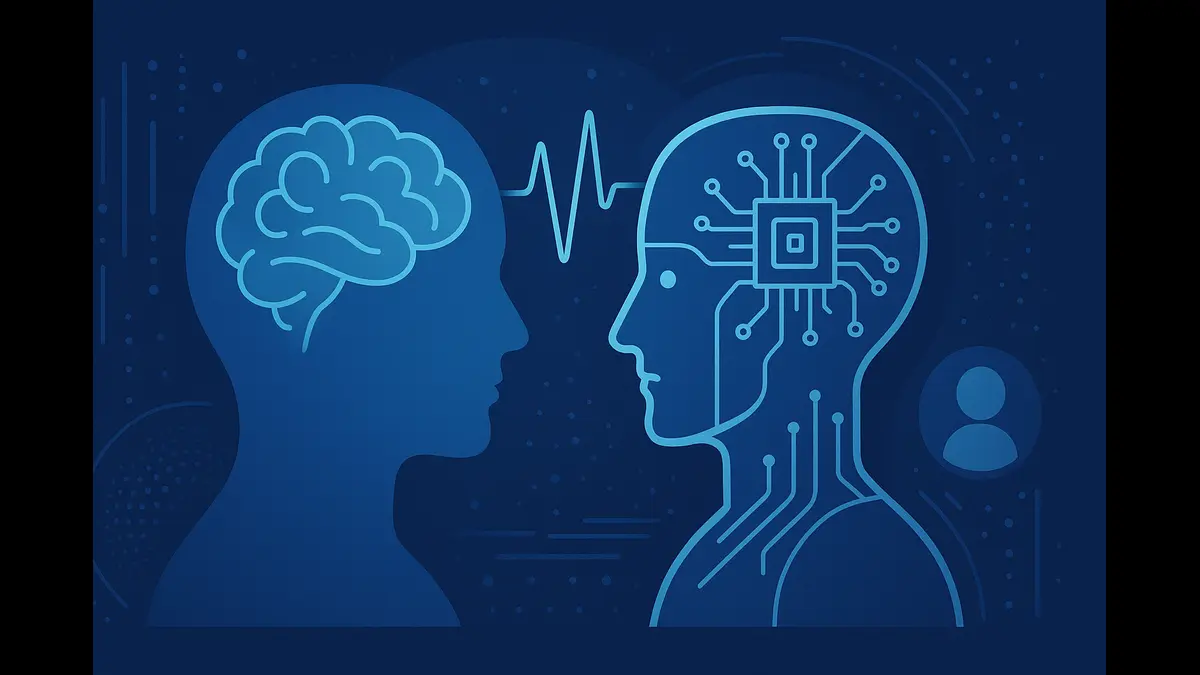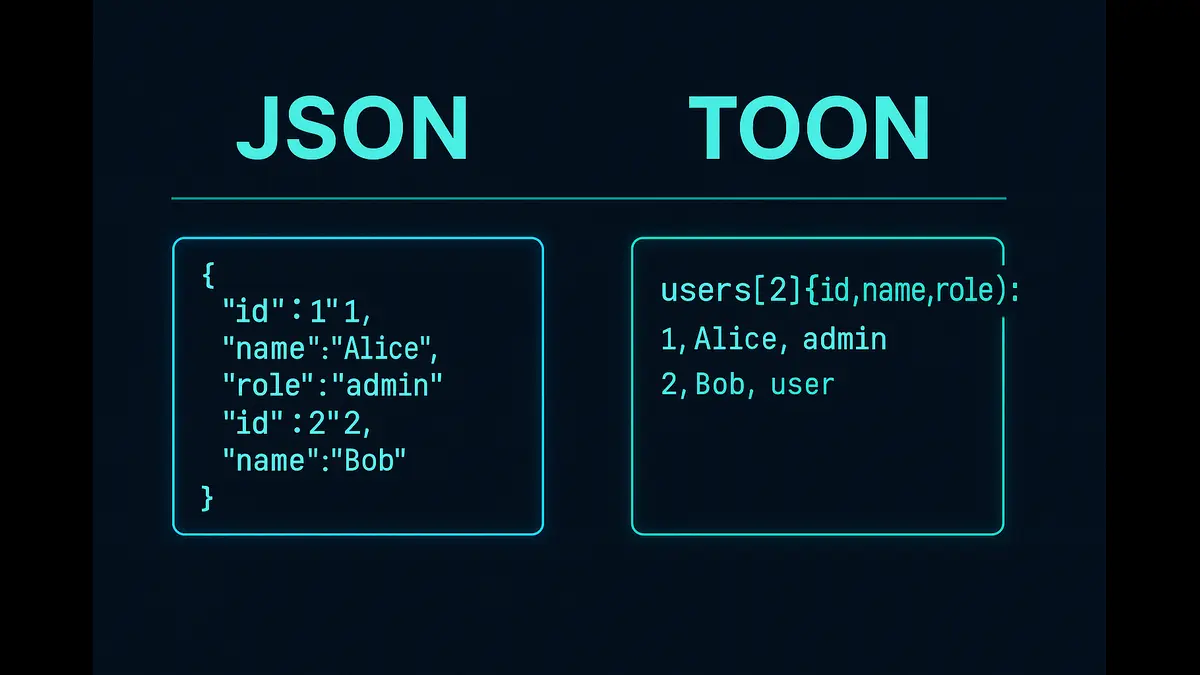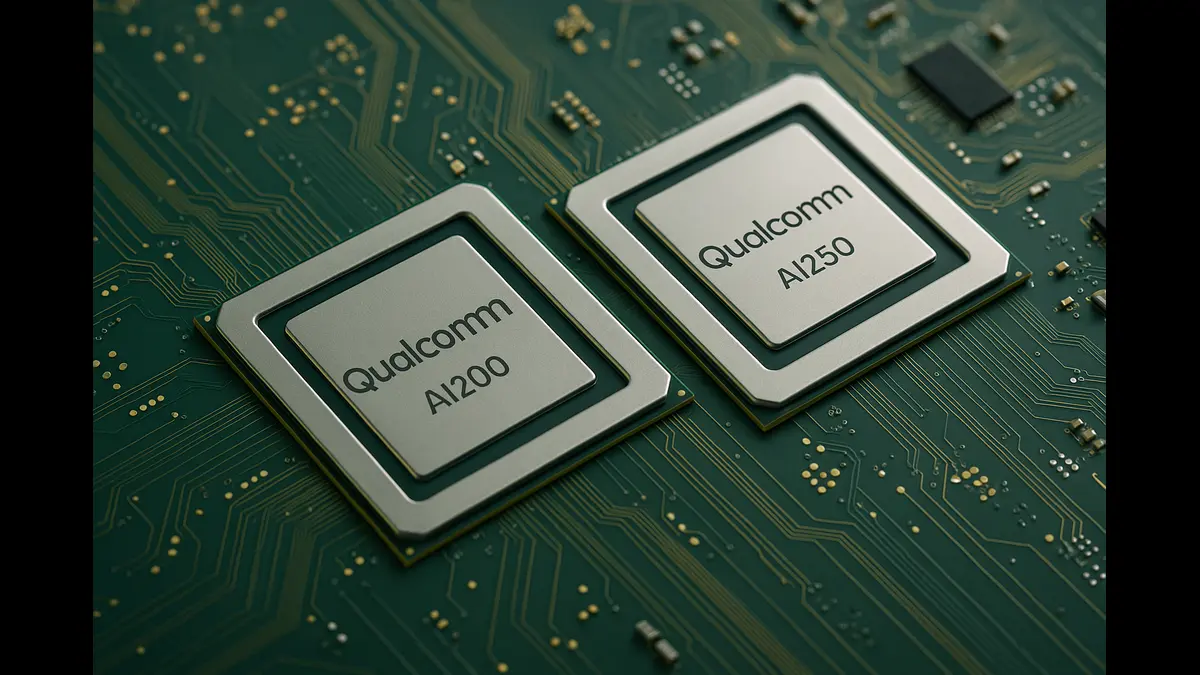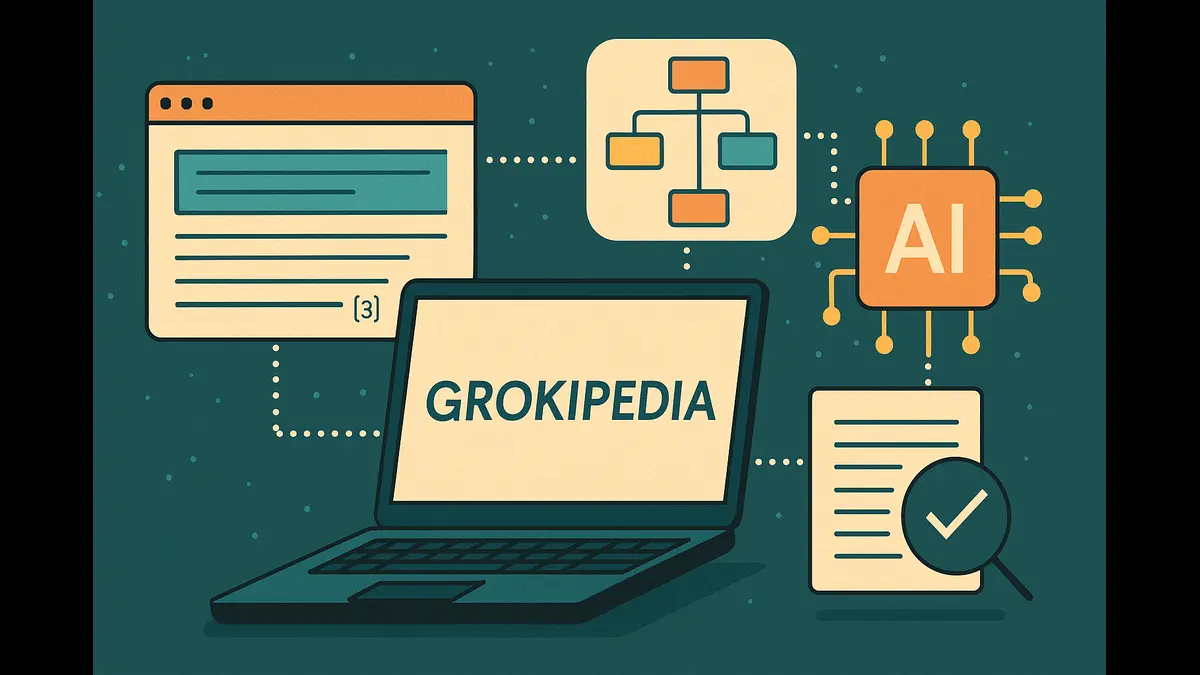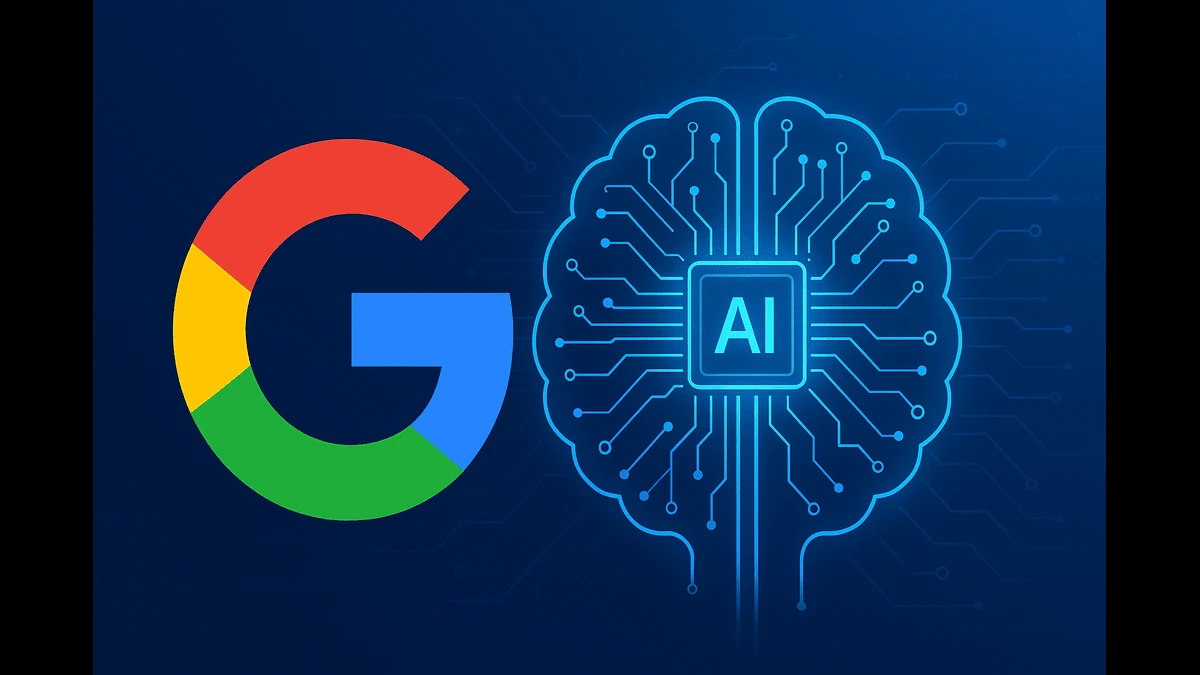
Amazon leverages AI with Wellspring and an AI-powered demand forecasting model to deliver packages more accurately and efficiently for customers worldwide.
Amazon unveiled two groundbreaking AI innovations set to transform its logistics operations, as shared on AboutAmazon.com. Wellspring, a generative AI mapping technology, and an AI-powered demand forecasting model are designed to enhance delivery accuracy and optimize the supply chain. These advancements, already making waves in Amazon’s operations, promise faster, more reliable deliveries, better product availability, and a reduced environmental impact. Announced on June 11, 2025, these technologies highlight Amazon’s commitment to using AI to solve real-world challenges for customers, delivery partners, and employees. Here’s a closer look at how these innovations are reshaping the future of e-commerce.
Wellspring: Generative AI for Precision Delivery Mapping
Navigating the complexities of package delivery—especially in sprawling apartment complexes or newly built neighborhoods—can be a challenge for even the most experienced drivers. That’s where Wellspring comes in. This generative AI-powered initiative pulls together data from dozens of sources, including satellite imagery, road networks, building footprints, customer instructions, prior delivery history, and street imagery, to create a comprehensive delivery map for millions of locations worldwide.
Before Wellspring, drivers often struggled to pinpoint specific buildings in multi-unit complexes or locate shared mailrooms, leading to missed or delayed deliveries. Now, the technology can map apartment numbers to their corresponding buildings, identify the most convenient parking spots for drop-offs, and even detect building entrances and mailroom locations by analyzing proof-of-delivery photos and location data from past deliveries. This creates a clearer picture of the physical world, helping drivers navigate diverse and tricky environments with ease.
Since testing began in the U.S. in October 2024, Wellspring has delivered impressive results. The system has mapped over 2.8 million apartment addresses to their respective buildings across 14,000 complexes and identified convenient parking locations at 4 million addresses. What used to take years to understand—such as the layout of complex delivery environments—now happens in a fraction of the time. For customers, this means packages arrive exactly where they expect them, whether it’s at their apartment door or a designated mailroom. For delivery partners, it’s a smoother, more confident navigation experience, reducing stress and improving efficiency.
AI-Powered Demand Forecasting: Smarter Inventory Management
Amazon’s supply chain is getting a major upgrade with its new AI-powered demand forecasting model, designed to predict customer demand with unprecedented accuracy. Unlike older systems that relied primarily on historical sales data, this model incorporates time-sensitive factors like weather patterns, holiday schedules, and regional trends to forecast what customers will want, where they’ll want it, and when—for hundreds of millions of products each day.
For instance, the model can predict a spike in sunscreen sales in Cape Cod, Massachusetts, during the summer months, or increased demand for ski goggles in Boulder, Colorado, during peak ski season. By understanding these regional and seasonal nuances, Amazon can stock inventory more strategically, ensuring the right products are in the right places at the right time. Since its rollout, the technology has led to a 10% improvement in long-term national forecasts for deal events and a 20% improvement in regional forecasts for millions of popular items.
The benefits are clear for everyone involved. Customers experience faster shipping—sometimes same-day instead of two-day deliveries—because products are already positioned closer to where they’re needed. Delivery partners travel fewer miles, reducing traffic and operational costs. And the environment wins too, with a smaller carbon footprint due to more efficient logistics. Currently, this forecasting model is in use across Amazon’s operations networks in the U.S., Canada, Mexico, and Brazil, with plans for further expansion in the coming months.
Real-World Impact for Customers and Beyond
These two AI innovations are more than just tech upgrades—they’re solving practical problems that directly impact the customer experience. Wellspring ensures that your package arrives exactly where you want it, even in the most challenging delivery locations. Whether you’re in a sprawling apartment complex or a brand-new neighborhood, the technology helps drivers get it right the first time, reducing the frustration of missed deliveries.
The AI-powered demand forecasting model, on the other hand, means you’re more likely to get your order faster and find the products you want in stock. By predicting demand with greater accuracy, Amazon can cut down on unnecessary shipping, which not only speeds up delivery but also makes operations more sustainable. Fewer miles traveled by delivery vehicles translate to less traffic congestion and lower carbon emissions—a win for both customers and the planet.
For delivery partners, these technologies make their jobs easier and more efficient. Wellspring’s detailed mapping reduces the guesswork in navigating complex locations, while the forecasting model ensures they’re not wasting trips on poorly planned routes. This efficiency also boosts productivity across Amazon’s network, allowing the company to handle growing demand without compromising on speed or reliability.
Looking Ahead: The Future of AI at Amazon
While Wellspring and the demand forecasting model are already delivering results, Amazon isn’t stopping here. The company plans to expand Wellspring’s mapping capabilities to cover more regions globally, ensuring that even more customers benefit from precise deliveries. The demand forecasting model will continue to evolve, incorporating new data sources to handle unpredictable factors like global supply chain disruptions or sudden shifts in consumer behavior.
There are challenges to address, of course. Scaling Wellspring to map every corner of the globe will require ongoing data integration and refinement. The forecasting model must adapt to ever-changing variables, from extreme weather events to economic shifts. But Amazon’s track record with AI suggests these technologies will only get smarter over time, further enhancing the customer experience.
A Smarter, More Efficient Delivery Experience
Both of these developments are setting a new standard for e-commerce logistics. By leveraging generative AI to map delivery locations with precision and using advanced forecasting to optimize inventory, Amazon is making deliveries faster, more accurate, and more sustainable. Customers will notice the difference with quicker shipping and fewer delivery hiccups, while delivery partners benefit from smarter, more efficient workflows.
These advancements are a testament to Amazon’s focus on using AI to solve real-world problems. As the company continues to innovate, the future of online shopping looks more seamless and customer-centric than ever. Whether you’re waiting for a last-minute gift or restocking essentials, Amazon’s AI is working behind the scenes to get it to you faster and more reliably.
Also Read:
Amazon’s Agentic AI Overhaul in Warehouses
Discover more from Poniak Times
Subscribe to get the latest posts sent to your email.

